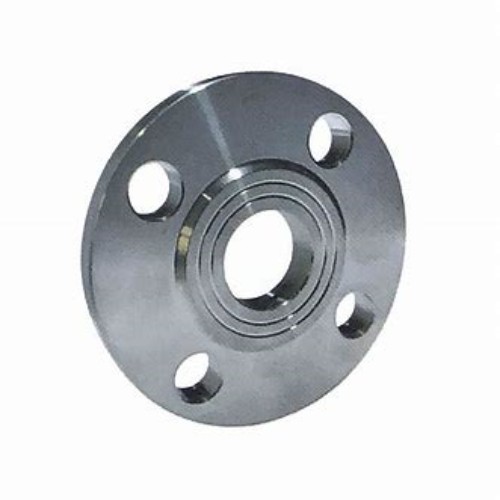stainless pipe fittings
The Versatility of Stainless Steel Pipe Fittings
Stainless steel pipe fittings play a crucial role in various industries, including construction, plumbing, food processing, and chemical manufacturing. Their durability, resistance to corrosion, and aesthetic appeal make them a preferred choice for many applications. Understanding the benefits, types, and uses of stainless steel pipe fittings can help you make informed decisions in your projects.
Key Benefits of Stainless Steel Pipe Fittings
One of the primary advantages of stainless steel is its corrosion resistance. Unlike other metals, stainless steel can withstand moisture, chemicals, and extreme temperatures, making it ideal for environments where harsh conditions are prevalent. This property extends the lifespan of the fittings, reducing the need for frequent replacements and maintenance.
Another benefit is the strength and durability of stainless steel. Pipe fittings are subject to pressure and mechanical stress, and stainless steel offers the toughness required to handle these demands. This reliability ensures that systems remain operational, minimizing downtime and increasing efficiency.
Moreover, stainless steel fittings are easy to clean and maintain. In sectors such as food processing, hygiene is a top priority. The smooth surface of stainless steel prevents the buildup of contaminants, ensuring that products remain safe and compliant with health regulations. The materials also return to their original appearance after cleaning, contributing to a more aesthetically pleasing environment.
Types of Stainless Steel Pipe Fittings
stainless pipe fittings

Stainless steel pipe fittings come in various types, each serving a specific purpose. Some common fittings include
1. Elbows These are used to change the direction of the piping, typically at a 90 or 45-degree angle. 2. Tees Shaped like the letter T, these fittings allow a branch line to connect to a main pipeline. 3. Couplings Used to connect two pipes of the same diameter, facilitating a straight run of pipe. 4. Flanges These fittings provide a flat surface for connecting two pipes or for attaching valves and other equipment. 5. Caps Used to seal the end of a pipe to prevent the flow of liquids or gases.
Applications of Stainless Steel Pipe Fittings
The versatility of stainless steel pipe fittings makes them suitable for a multitude of applications. In plumbing systems, they connect various segments of piping, ensuring reliable water supply and drainage. In industrial settings, such as chemical plants, they create robust connections that handle high pressures and corrosive substances.
In the food and beverage industry, stainless steel fittings are crucial for maintaining sanitation standards. They are commonly found in processing plants, breweries, and dairy operations where hygiene is key. Their ability to withstand high temperatures also makes them suitable for steam applications.
Conclusion
Stainless steel pipe fittings are indispensable components in modern engineering and construction. Their durability, resistance to corrosion, and low maintenance requirements make them a smart investment for various industries. By choosing stainless steel fittings, you ensure the reliability and longevity of your piping systems, ultimately enhancing efficiency and safety in your operations. With a wide range of types and applications, stainless steel pipe fittings will continue to be a preferred choice for professionals worldwide.
-
The Key to Fluid Control: Exploring the Advantages of Ball Valves in Industrial SystemsNewsJul.09,2025
-
The Versatile World of 1, 2, and 3 Piece Ball ValvesNewsJul.09,2025
-
Stainless Steel Ball Valves: The Ideal Choice for Efficient Flow ControlNewsJul.09,2025
-
Optimizing Fluid Control with Ball Float ValvesNewsJul.09,2025
-
Manual Gate Valves: Essential for Control and EfficiencyNewsJul.09,2025
-
Everything You Need to Know About Butterfly ValvesNewsJul.09,2025
-
The Versatility of Wafer Type Butterfly ValvesNewsJul.08,2025




